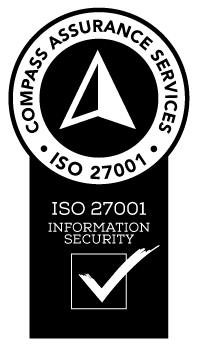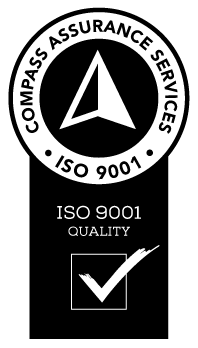As human resource managers scramble to adapt their accounting software to the new single touch payroll system (STP), the best approach to a smooth transition is preparation. Australian businesses are required to report employee tax and superannuation information to the Australian Taxation Office (ATO) and must change over to the new system by 1st July 2019. Businesses with more than 20 employees were required to make the transition by 1st July 2018, while those with less than 20 employees have until this year to adopt the new system.
Preparing For Single Touch Payroll – STP Compliance
While transitioning to STP might be seen as a hassle initially, there are a lot of benefits to the new system. Single touch payroll reports payments in real time, which means records are always current and employees are always aware of what contributions they have made. Regardless of what payroll system you have in place now, if you are still in the process of preparing for the looming 1st July deadline, you can make the transition smoothly by taking action now.
1. Take A Headcount
As we mentioned earlier, larger businesses with more than 20 employees were required to make the transition to STP last year. However, if you are a smaller business with 20 employees or less, you can start your preparations by taking a headcount of all of your employees and not just those employed on a full-time basis. Employees that can be excluded from the headcount are casual workers who ceased work before 1st April and casual employees who did not work in March. However, for more information, the ATO’s website clarifies which workers should and should not be included in the count.
2. Review Your Payroll System
Before updating your payroll system, you should first review your current payroll processes to help make the transition to STP as seamless as possible. This is the time to make sure that everything that is reported in your system matches what was reported to the ATO. Clearing up anomalies, omissions, and other errors can help integrate into the STP system much easier.
3. Modernise Your Accounting System
If you are still working with hard copy forms, it’s time to update your current system to a more modern online payroll system. The ATO has a list of recommended payroll systems that can help you transition your payroll system to an online format. On the other hand, If you are already using an online payroll system, consider updating it to a more modern platform that is STP compliant. Modernising your payroll system is the first step to ensuring that your payroll processes are running smoothly and without any issues.
4. Be Prepared For Single Touch Payroll
The transition into Single Touch Payroll is the worst part of the process. Fortunately, the benefits of STP for both employers and employees thoroughly outweigh the hassle of transitioning into the new system. What’s more, there are a huge number of resources available online to help businesses make the transition without causing any disruption to your day-to-day operations.
Business owners and their payroll officers can simply seek out professional single touch payroll services, to help guide you through the process. Businesses can also seek assistance from tax agents and other payroll resource officers to find out more about preparing for STP. Finally, if you need more time to transition, the ATO allows businesses to apply for a deferment that provides for an extension. However, your business will need a valid reason to defer and, ultimately, it is in your best interest to modernise and make the switch to Single Touch Payroll.
Interested in more small business advice? Check out our master guide here!










































